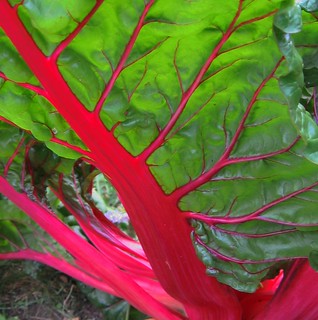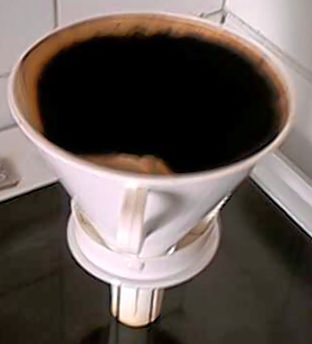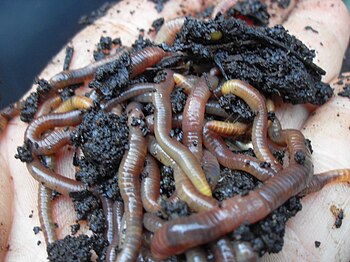| Companion planting of carrots and onions (Photo credit: Wikipedia) |
Unfortunately, following this one-off approach to planting is almost guaranteed to cause many peaks and valleys in what can be harvested throughout the season. If you want your garden to produce an abundant supply of fresh produce all season long, you need to plan ahead for it.
Plan Ahead for Successful Succession Planting
To create a successful succession-planting plan for your garden, you need to take a number of variables into account. For example, you’ll want to consider how long each crop takes to reach maturity, how long it produces once mature, and which crops can be harmoniously planted in the same space at different times throughout the season.
Although the number of variables involved in succession planting may seem a little intimidating at first, don’t let that discourage you. It may take some practice, but you can definitely get the hang of it. If you are just starting out, choose only one or two beds or containers to practice in your first year. Also, take detailed notes in your garden journal throughout the growing season so you know what worked - and what didn’t - when next season rolls around.
Getting Started with Succession Planting
Before you start digging in the dirt, you’ll want to have a good idea of what you plan to grow. Start by making a list of which plants you want to grow in your succession planting area. As you are compiling this list, make sure you note the correct variety of each plant, because there is a lot of diversity among different varieties of the same plant species.
Then, next to each plant variety on your list, note how long that particular plant takes to reach maturity, is it heat or cold tolerant, how many hours of sunlight it needs each day, what type of soil it prefers, and its spacing requirements. The back of seed packets and garden catalogs are great starting points for this exercise.
| (Photo credit: Wikipedia) |
If you need more information on companion planting, there are tons of great resources and books available on this topic. The best ones provide a lot of great information to help in your planning process. Online resources are nice, but it’s always good to have a hard copy on hand for future reference. (Click the "companion planting" tag below this post for more articles on this topic - and check out the suggestions below for some hard-copy resources.)
Although succession planting may seem complicated at first, you’ll be amazed at how quickly you can make it work for you. By applying the principles of succession planting to your own backyard garden, you’ll soon be growing more fresh fruits, vegetables and herbs throughout the season than you ever thought possible.
Recommended Resources for Succession & Companion Planting:









